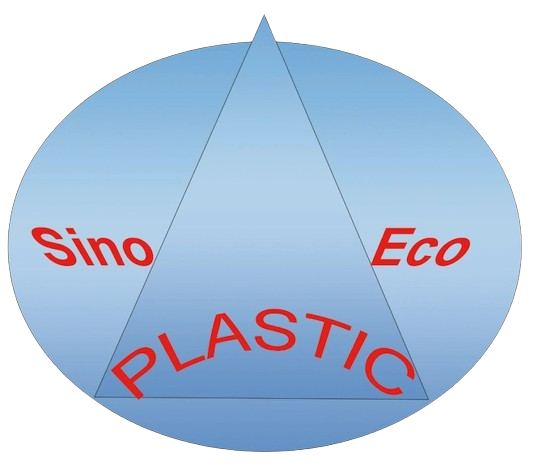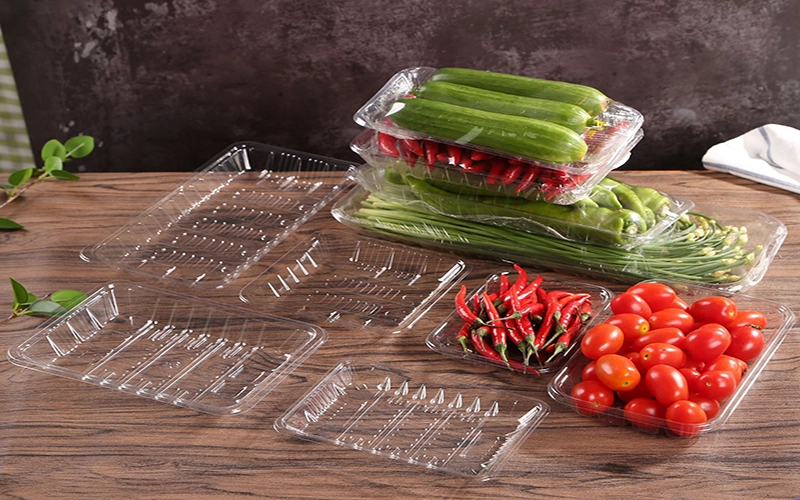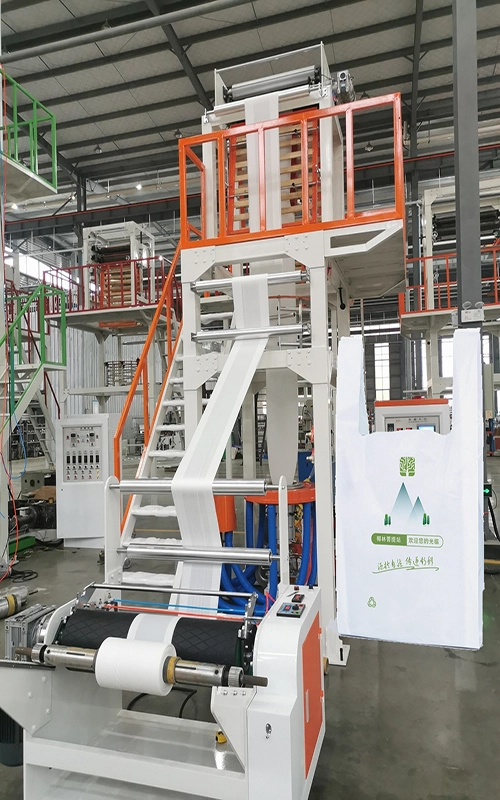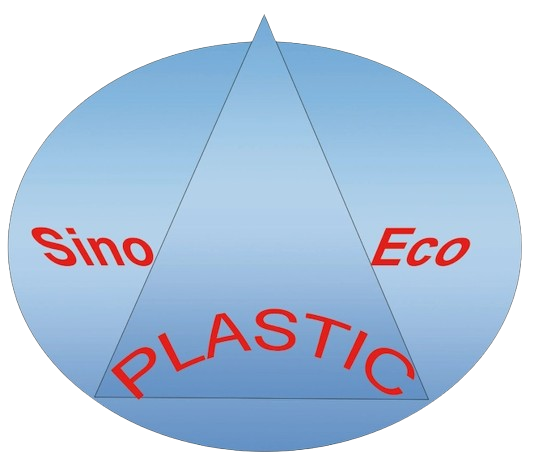Resolving Blown Film Quality Issues in High-Temperature Environments
Client Background and Initial Challenge
Our client, a leading manufacturer of courier bags, faced a significant challenge related to the quality of their blown film production. The company had been using a well-established formula for their film production for several years. However, with the recent expansion of their production capacity, they began experiencing notable issues during the summer months when temperatures soared. These issues included film thickness variations and frequent production interruptions. Initially, these problems were not prominent due to lower production volumes, but as the demand increased, the impact on production schedules became substantial.
The client attempted to address the issue by modifying the blown film raw material formula, but these changes did not resolve the persistent quality problems. Seeking a more effective solution, they turned to SINO ECO PLASTIC for expert advice and technical support.
Diagnosis and Analysis
Upon receiving the request for assistance, SINO ECO PLASTIC’s team of specialized blown film engineers conducted a comprehensive investigation. This involved a detailed on-site assessment to understand the specific production environment and issues the client was facing.
Key Findings:
- Formula Stability: Our initial analysis indicated that the original formula used for the blown film was sound and well-established. There were no significant flaws in the formulation itself that could account for the recent quality issues.
- Environmental Factors: A crucial observation was that the client’s factory had recently expanded, resulting in increased production volumes. This expansion also led to a significant rise in the ambient temperature within the production area during the summer months. The elevated temperatures in the factory were affecting the consistency and quality of the blown film, leading to issues such as thickness irregularities and frequent interruptions.
- Material Properties: We also evaluated the properties of the current materials being used in the production of the courier bags. It was found that the existing formula lacked certain properties necessary to maintain stability under higher temperature conditions.
Solution Proposal
Based on our findings, SINO ECO PLASTIC proposed a multi-faceted solution to address the client’s issues:
- Enhancing Ventilation:
- Improved Airflow: The primary recommendation was to enhance the ventilation within the production area. Effective ventilation would help regulate the temperature and create a more stable environment for blown film production. This would involve installing additional fans, improving air circulation systems, and ensuring that the production area remains cooler and more consistent in temperature.
- Material Adjustment:
- Incorporating Stronger Materials: To address the quality issues related to film thickness and production interruptions, we suggested modifying the existing formula by incorporating materials with stronger vertical draw properties. These materials would help in maintaining the film’s integrity and consistency, even under fluctuating temperature conditions.
- Formula Optimization:
- Refined Formulation: Although the original formula was generally sound, we recommended minor adjustments to better accommodate the new production environment. These adjustments aimed at improving the film’s performance in higher temperatures and ensuring that the material properties aligned with the client’s production requirements.
Implementation and Outcome
Following our recommendations, the client took the following steps:
- Ventilation Upgrades: The client invested in upgrading their ventilation systems, including the installation of additional cooling fans and improved air circulation mechanisms. This significantly reduced the temperature fluctuations in the production area.
- Material and Formula Adjustments: The client incorporated the suggested materials with enhanced vertical draw strength into their production formula. Additionally, they made minor adjustments to the original formula to optimize its performance under the new production conditions.
- Production Monitoring: The client closely monitored the production process following the implementation of these changes to ensure that the quality issues were resolved and that the production efficiency improved.
Results:
The changes led to a notable improvement in the production process:
- Consistent Film Quality: With enhanced ventilation and optimized formula, the client experienced a significant reduction in film thickness variations and production interruptions. The consistency of the blown film improved, leading to fewer defects and smoother production runs.
- Increased Production Efficiency: The resolution of quality issues minimized downtime and production delays. The client was able to maintain a more stable production schedule, meeting the increased demand effectively.
- Positive Feedback: The client reported satisfaction with the improvements and appreciated the practical and effective solutions provided by SINO ECO PLASTIC. The successful resolution of their production challenges allowed them to continue scaling their operations without compromising on product quality.
Conclusion
This case study highlights the importance of addressing both environmental and material factors in resolving production issues. By providing targeted technical support and recommendations, SINO ECO PLASTIC successfully helped the client overcome significant challenges related to high-temperature production environments. The implemented solutions not only improved film quality but also enhanced overall production efficiency, demonstrating the value of expert intervention and tailored support in optimizing manufacturing processes.




